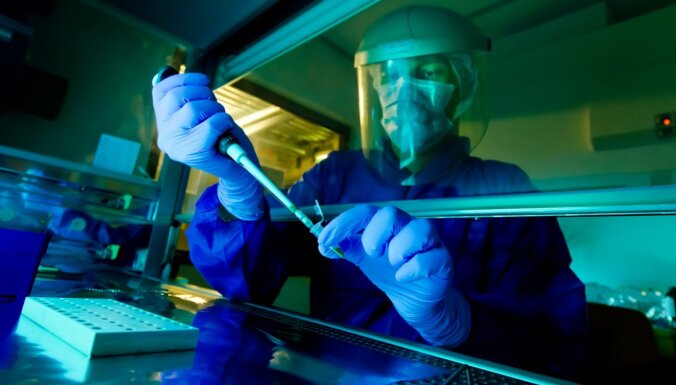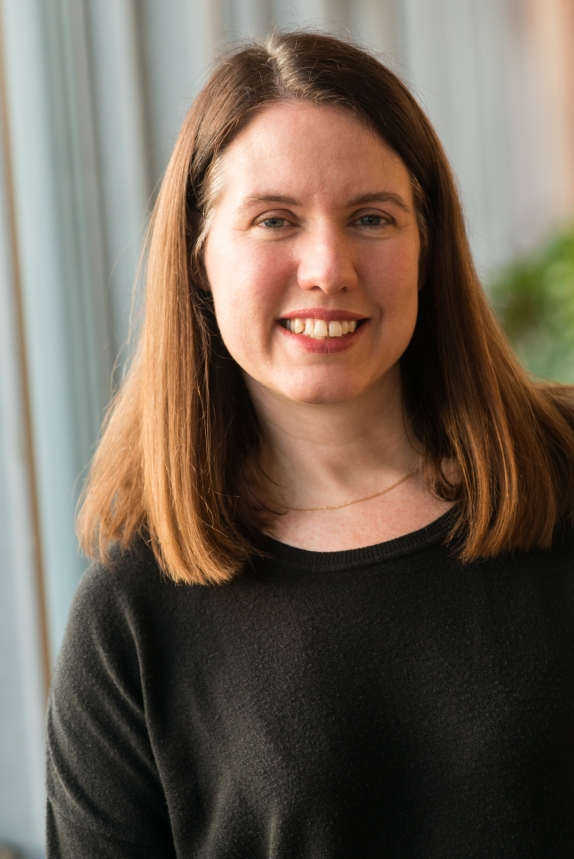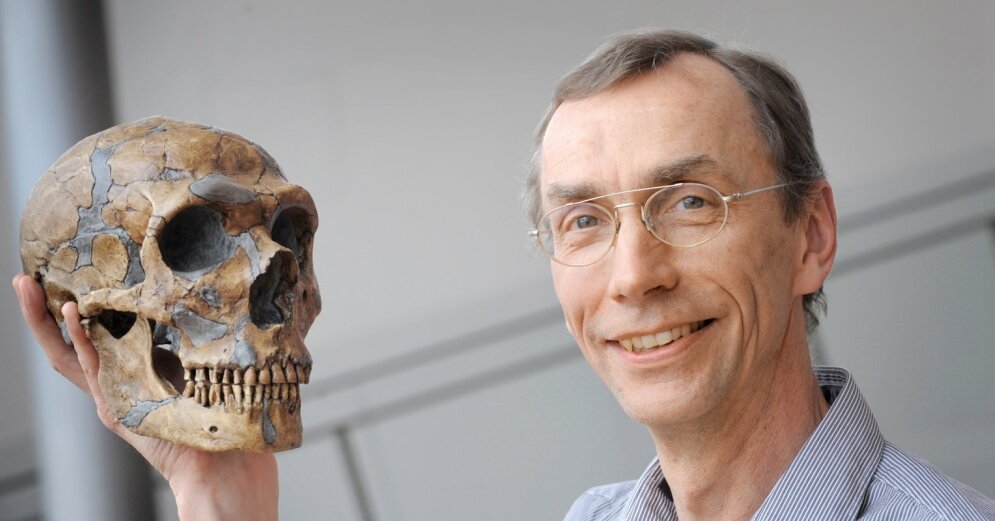In the last 15 years, DNA sequencing technologies have developed so rapidly that now scientists can look into the past half a million years ago, which could only be fantasized about before. Janet Kelso represents a brand new subfield of science – paleogenomics. Among other things, her work has helped to find out that Neanderthals are not the direct ancestors of modern humans, as well as discovered hominins – Denisovans, which were unknown until recently.
Content will continue after the ad
Advertising
At the Max Planck Institute for Evolutionary Anthropology in Leipzig, there is a pond where students are forced to swim against their will after receiving their doctorate. Since last October, this tradition has been extended, when the institute’s founder and director, professor Svante Pääbo (Svante Pääbo, in the title picture) also joined the cooling bath in honor of the Nobel Prize in Physiology and Medicine.
Janet Kelso, PhD, has been working closely with Professor Phoebe since 2004, studying the genomes of extinct hominins. First they worked with the great ape DNS, trying to understand what distinguishes modern humans from our living relatives. Then the team turned to the Neanderthal Genome Project (“Neanderthal Genome Project“), in which the genomes of our extinct relatives were sequenced, also accidentally discovering previously unknown hominins – Denisovans. Thanks to the rapid development of DNA sequencing technology, a completely new branch of science has emerged: paleogenomics. The discoveries made in this field require constant updating of textbooks on human evolution.
“Archaeology and anthropology have given us a lot of information about human history, but recently it is genetics that has made an amazing contribution to this field,” says Kelso, while noting that the institute’s team can consider themselves lucky because the Max Planck Society and the European Research Council believed and supported their plan to sequence ancient DNA. Right now, the future promises to be exciting for paleogenomics specialists. “Of course, the Nobel Prize doesn’t hurt either,” laughs Kelso, joining the interview from his office in Leipzig. At the end of March, she will be in Riga to open the Riga Stradins University (RSU) “Science Week 2023” with a speech about how learning about ancient people can help us in the future.
You have a bachelor’s degree in biology, a master’s degree in chemical pathology, and a doctorate in bioinformatics. How did you get into science and decide to focus on these sub-fields?
Science has always connected me, and my parents always encouraged my curiosity a lot. Nature and animals were my interests, but I didn’t know what I wanted to study. That’s why I started studying biology. During my studies and communication with researchers, I realized that I am interested in molecular biology and genetics. At that time, almost no organism’s genome (DNA sequence) was available. I was interested in how DNA could be used to understand human origins and molecular evolution, so I chose to study molecular biology and biochemistry – essentially learning the skills needed to interpret data.

As I got closer to graduation, I realized that computing is increasingly needed in molecular biology. Genome sequencing was used more and more frequently, and it became clear that DNA sequences would not be possible to know, study and analyze manually, as had been accepted until then. This sparked my interest in computational biology, which led to a PhD in bioinformatics.
I come from South Africa and my PhD supervisor, Winston Hide, was the first bioinformatician in South Africa. He established a new institute that brought together what was effectively the first group of bioinformatics students in South Africa. At the end of the postdoctoral period, I moved to Germany.
Bioinformatics seems to be a well-developed field in Germany.
Yes, the level in computational biology is high here. Many researchers from Germany were also involved in the international project to sequence and analyze the human genome (“Human Genome Project“). This was not the case in the past, but now informatics has become an increasingly common choice for biology students as part of their study program. The students from Germany who work at our institute have a very good education and experience, at least in certain aspects of computer analysis of DNA sequences.
How does it feel to work in a field that is developing so dynamically?
It’s very exciting and I’m lucky to be in this industry today! I moved to Germany to work in comparative genomics, but at the time there was only a small amount of Neanderthal DNA sequence data available and no clear way to retrieve the whole genome. So we worked with chimpanzees and bonobos, trying to understand what separates modern humans from our living relatives, the great apes. Later, I had the opportunity to work with the Neanderthal genome. It’s been a very exciting 15 years!

Foto: Max Planck Institute for Evolutionary Anthropology
The discovery of previously unknown hominins – the Denisovans – was a great success, admits Janet Kelso.
The field has progressed extremely rapidly thanks to the tremendous advances in DNA sequencing technology, without which we would not be able to reconstruct ancient genomes. In bones or teeth found in archaeological digs, the DNA of ancient people is actually very fragmented – most of it is made up of microbial DNA. To get enough material to reconstruct an ancient genome, we need to sequence millions and billions of DNA fragments, and this is possible thanks to new sequencing technologies.
DNA sequencing technologies have experienced rapid development over the past 15 years. What can be expected in the next 15 years in this area?
I’m afraid to even make a guess because things change so fast! DNA is long chains, whole chromosomes. The longer the read sequences (English – reads), the more precisely genomes can be reconstructed and their functions understood. Many efforts are currently being made to optimize the length and accuracy of the reads. Ancient DNA is more problematic – the DNA we get from fossils is usually broken up into very small units, so we’re more interested in the kind of development that allows us to sequence larger amounts of DNA fragments at once, as this would reduce the cost of sequencing and potentially allow us to sequence less well-preserved samples . Time will tell what the future holds, but I’m sure it will be exciting!


